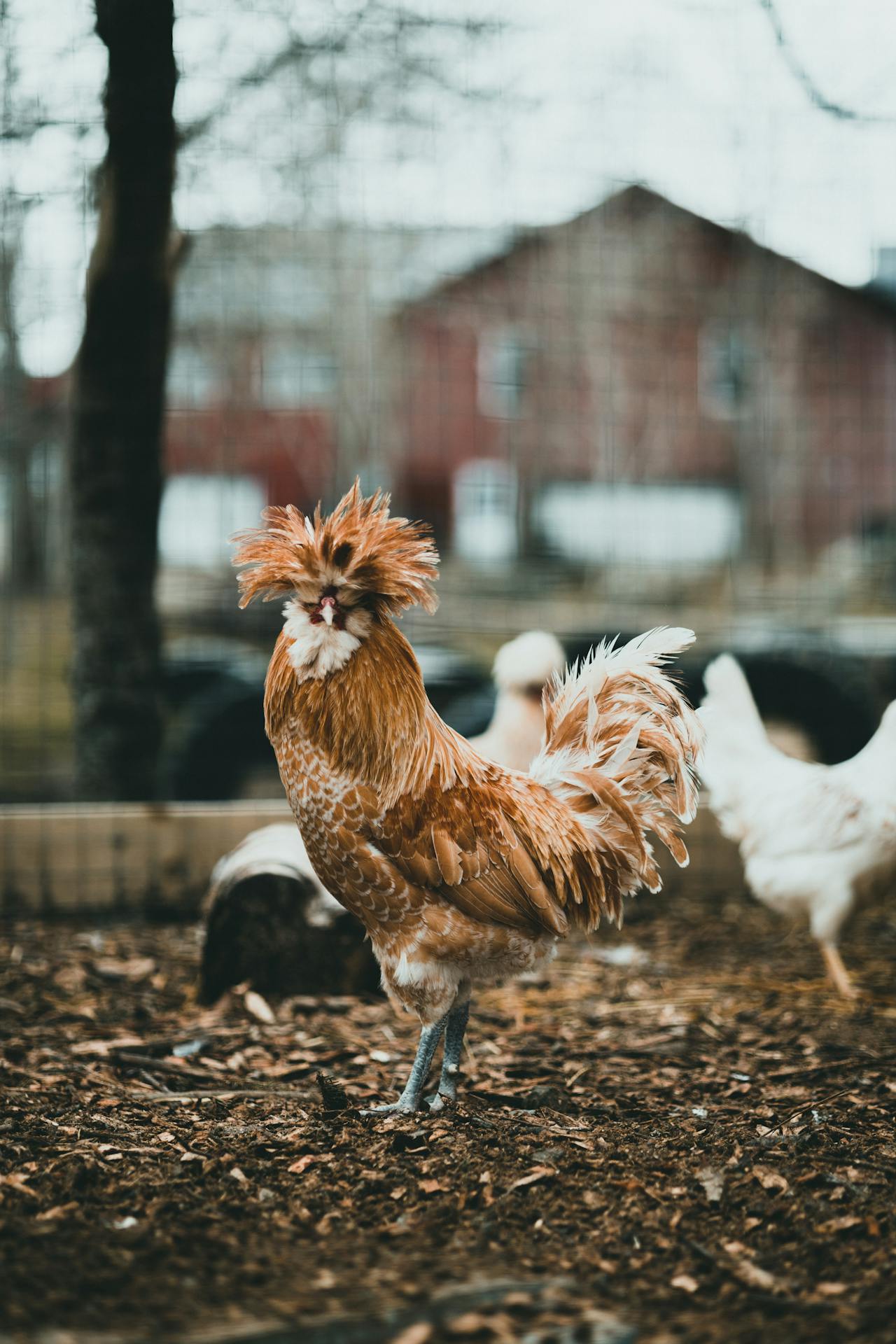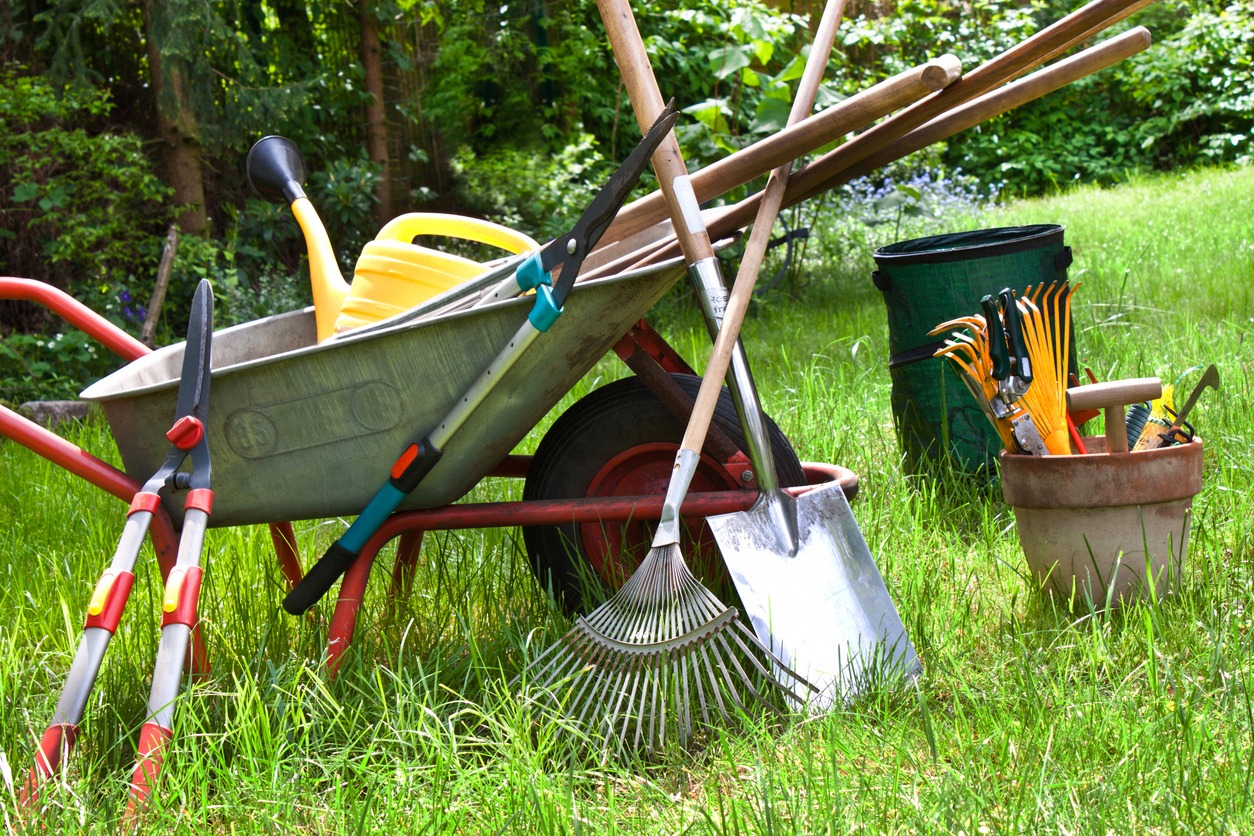Can Modern Homesteaders Make Money From Their Homestead? Profitable Ideas and Tips
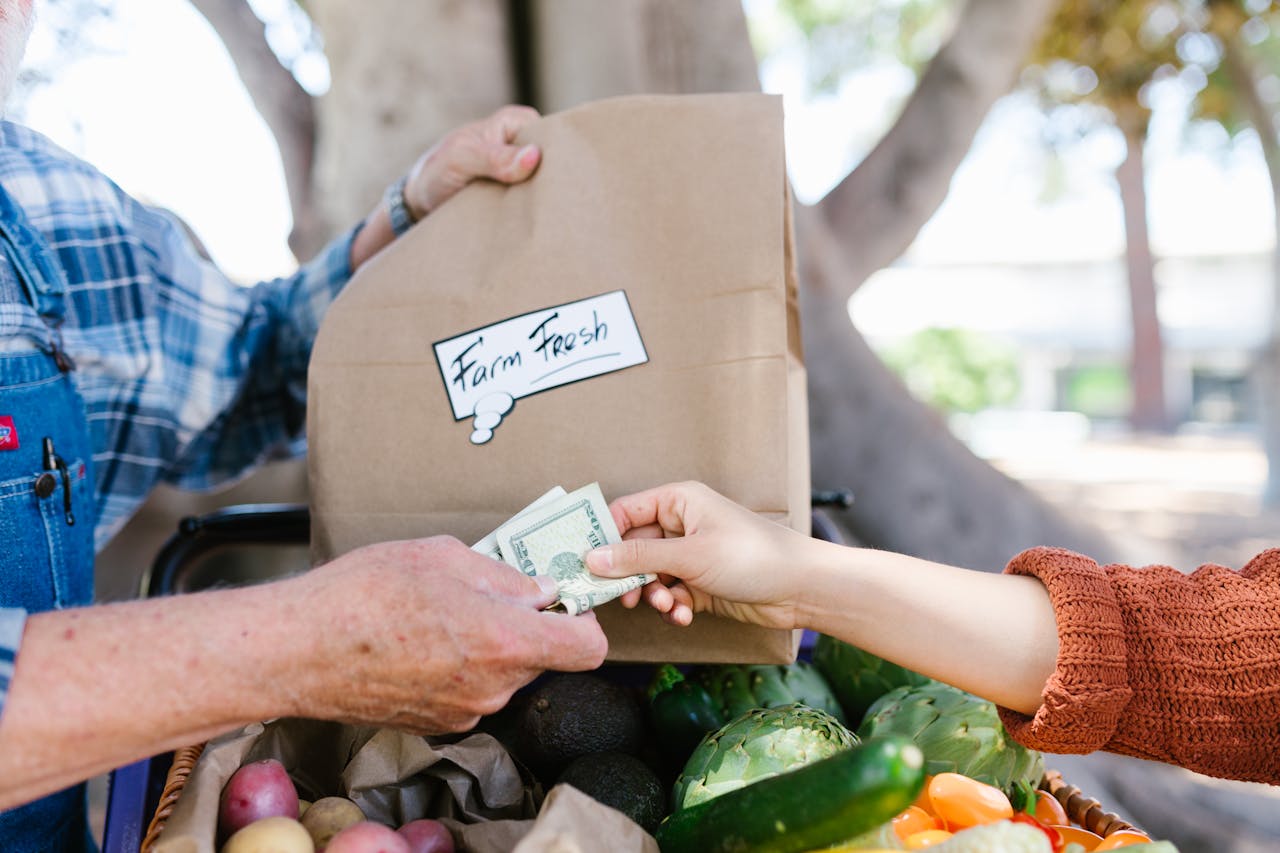
Making money from a modern homestead isn’t just possible; it’s an exciting opportunity for those ready to shift their mindset and see the land as a source of income. Many homesteaders begin with a focus on self-sufficiency, which provides valuable skills and practical benefits, but by adopting a profit-oriented approach, homesteading can become a sustainable business. With creativity, determination, and a willingness to try new ideas, anyone can transform their homestead into a thriving income generator.
Here are practical strategies and profitable ideas to help you turn your homestead into a money-making venture.
1. Mindset Shifts for Income Generation
At the heart of any profitable homestead is a shift in perspective. Instead of solely focusing on fulfilling family needs, consider ways to maximize what your land can offer. Start by taking inventory of your resources, skills, and available time. Could that small vegetable garden yield more by selling extras at a farmers’ market? Could your culinary skills turn homemade jams or pickles into sellable products? By thinking about your homestead as a business, you’ll start spotting income-generating opportunities that might otherwise go unnoticed.
Assess areas where you could save money by producing items yourself, like household cleaners, baked goods, or preserved foods. Many of these homemade products could easily be turned into income sources by selling at local markets or online. The key is resourcefulness and always being on the lookout for ways to bring value from your skills, products, and land.
2. Profitable Poultry Enterprises
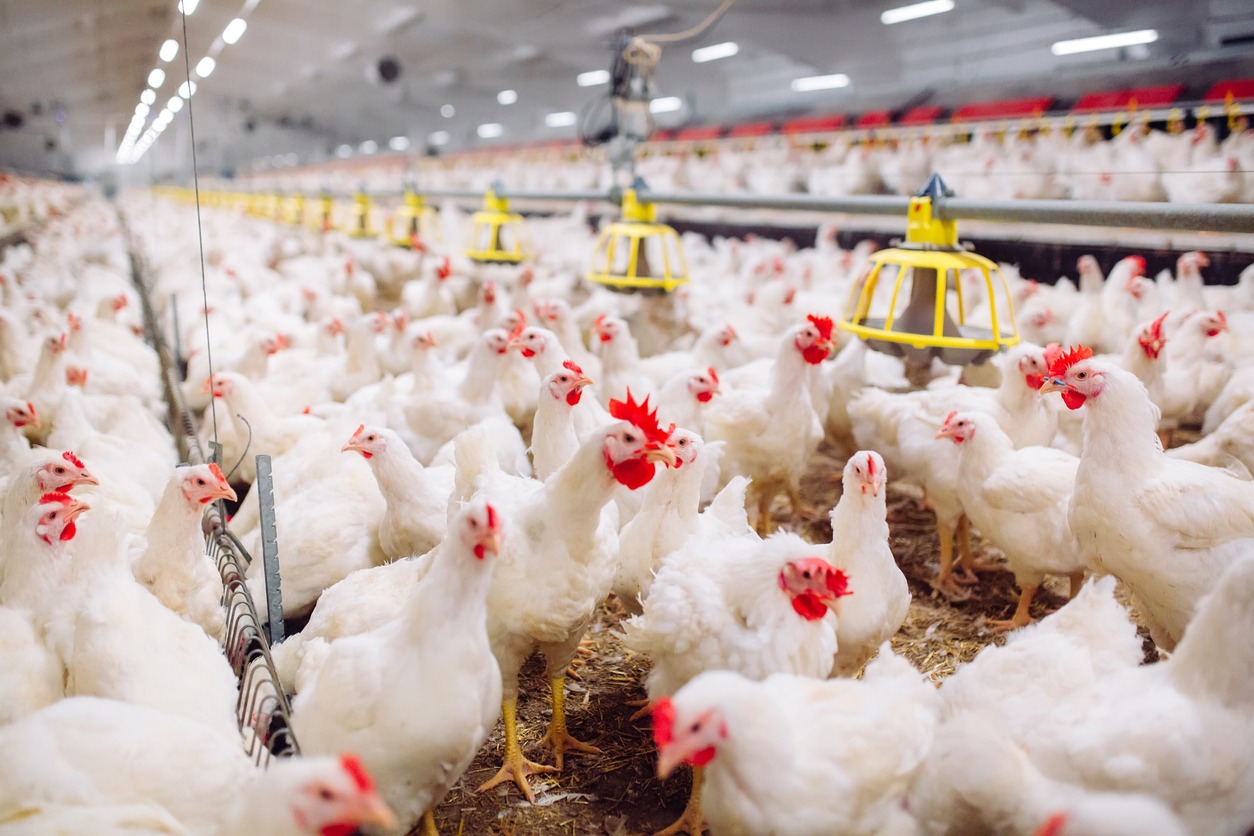
Poultry is one of the simplest and most rewarding ways to start making money on a homestead. Chickens are a common choice, as they’re easy to care for and offer multiple products: eggs, chicks, and even feathers, which are sometimes used in crafts. But you don’t have to limit yourself to chickens. Ducks, turkeys, and even quail are also viable and can command higher prices.
- Egg Sales: Farm-fresh eggs are always popular, especially if they come from heritage or organic breeds, which can fetch premium prices. Selling eggs doesn’t require much space or special skills, making it a perfect entry-level option.
- Chick and Hatchling Sales: If you invest in an incubator, you can start hatching eggs to sell chicks, which can be especially profitable. Specialty breeds are in demand and can bring higher income, but even common breeds have a steady market.
- Diverse Poultry Products: Duck eggs are increasingly popular, especially among bakers, and have a growing demand. You could also sell products like pickled eggs or even feathers for craft projects, giving your poultry venture multiple streams of revenue.
To increase profits, consider offering poultry-related services such as hatching egg incubation for neighbors or hosting small workshops on raising backyard poultry. This diversity not only builds a loyal customer base but also provides some stability when markets fluctuate.
3. Expanding with Livestock

Livestock can bring a higher return on investment, especially if managed sustainably. Many homesteaders find success with small livestock like goats, which offer various products, including milk, cheese, and fiber.
- Goats: Goat milk is a versatile product and can be sold raw or transformed into value-added products like cheese or soap, depending on local regulations. Breeding goats can also provide income from selling kids, especially if they’re registered or come from high-quality stock.
- Cows: Dairy cows can be profitable if you’re interested in producing milk, butter, or even artisanal cheese. Just keep in mind that cows require more space and resources than smaller livestock.
- Fiber Animals: Sheep, alpacas, and even rabbits provide fiber that can be sold to handcrafters or spun into yarn. Alpaca fiber is particularly valuable and in demand among fiber enthusiasts.
Some homesteaders also find success by breeding and selling livestock guardian animals, like Great Pyrenees or Anatolian Shepherds, to other farms. Building a solid reputation takes time, but it can lead to a sustainable revenue stream while helping other homesteaders protect their animals.
4. Gardening and Crop Production
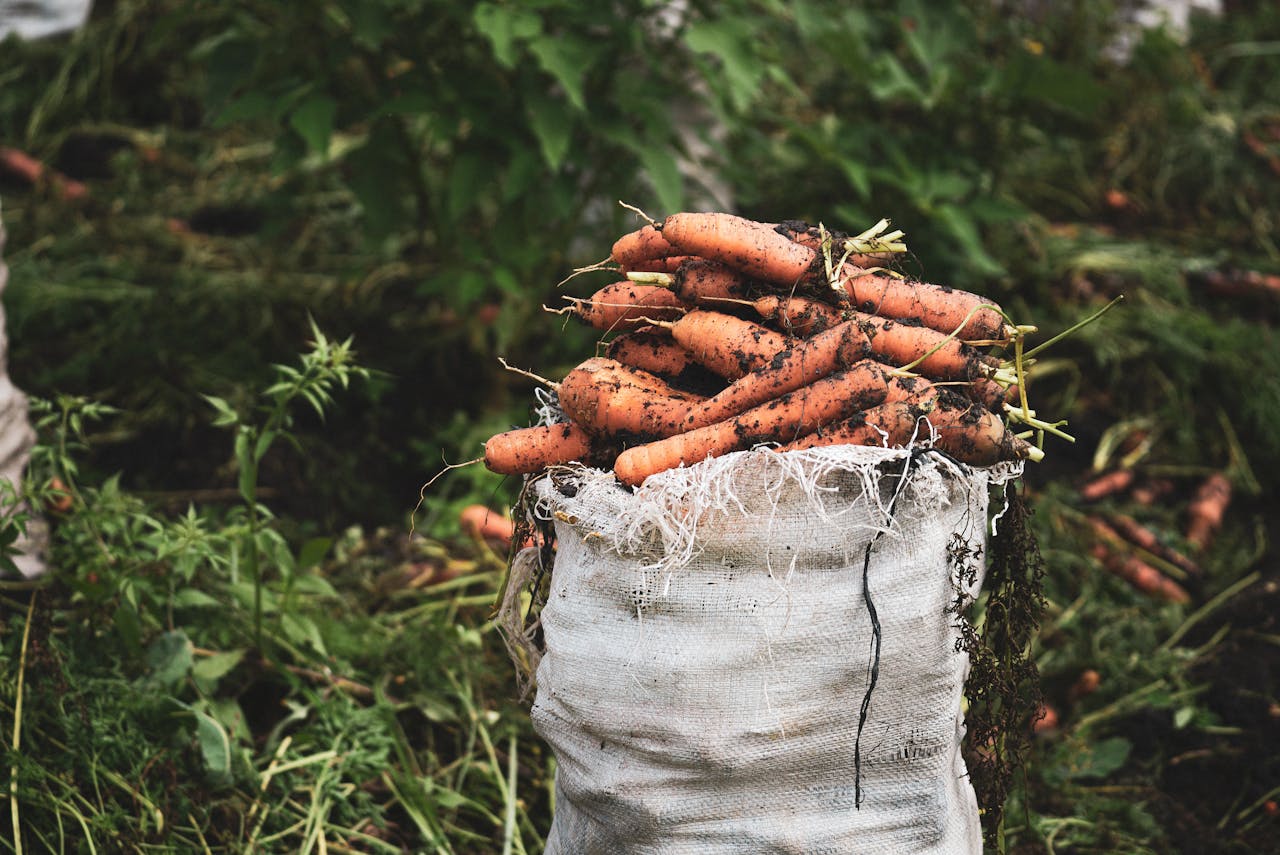
For those with a green thumb, vegetable gardening offers several ways to generate income. Growing high-value crops and herbs, especially those in demand locally, is an effective way to turn a small garden into a profitable asset.
- Market Gardening: By focusing on crops with a high resale value, such as heirloom vegetables, you can carve out a niche at farmers’ markets or local grocers. You may also consider growing unique produce like edible flowers or specialty greens.
- Value-Added Products: Use excess produce to create items like jams, pickles, or sauces. These products allow you to extend your selling season and tap into higher profit margins, especially if you package them attractively and label them as homemade or organic.
- Specialty Herbs and Microgreens: Herbs like basil, thyme, and rosemary are relatively easy to grow and can be sold fresh or dried. Microgreens, though small, command premium prices and can be grown indoors year-round, making them a profitable addition to any homestead.
Another option is to partner with local restaurants or food co-ops that value fresh, local ingredients. Contract growing for a steady customer base not only brings reliable income but can also help you refine your garden planning and crop selection.
5. Fungus and Fish Farming
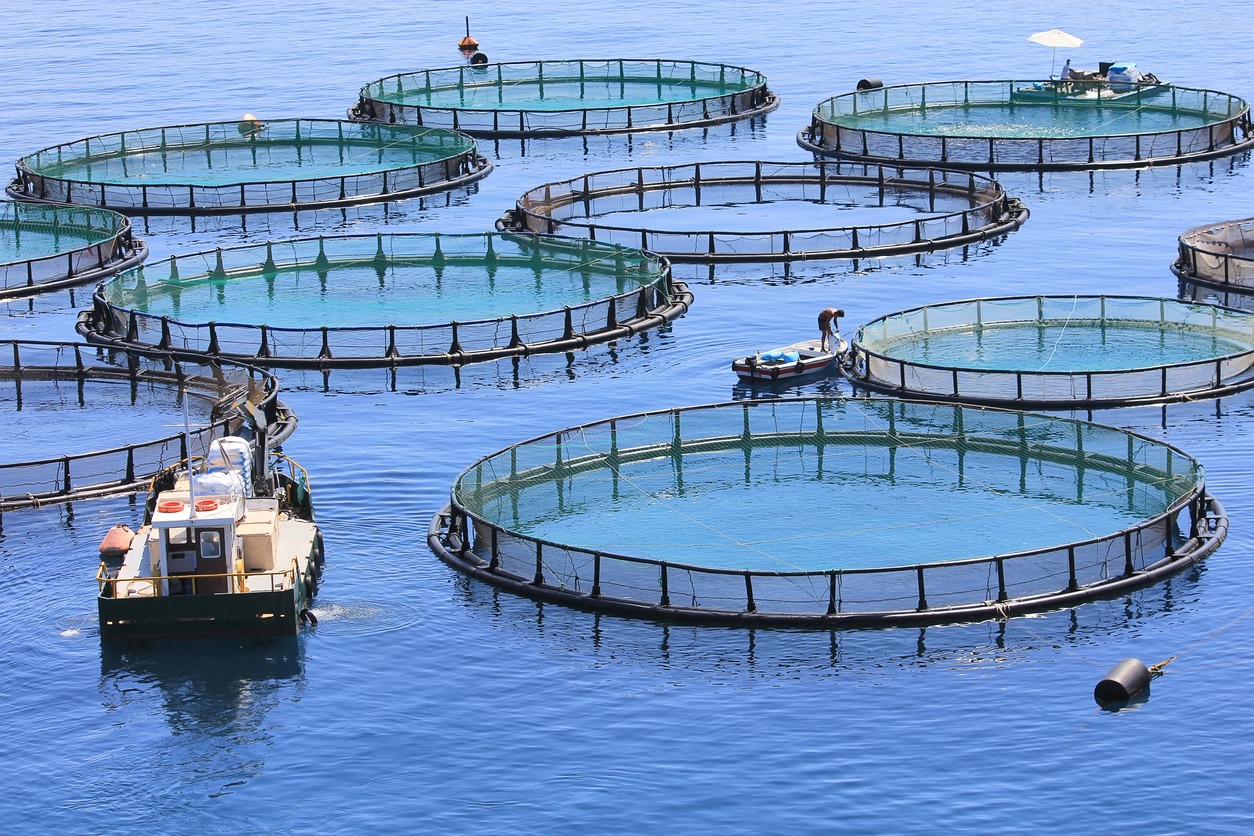
Mushroom and fish farming may not be the first things that come to mind, but both can be incredibly profitable for those looking to diversify their homestead.
- Mushroom Cultivation: Mushrooms, especially gourmet varieties like oysters or shiitake, are popular and fetch a good price at farmers’ markets and to restaurant buyers. Mushroom cultivation doesn’t require a lot of space and can be done indoors, making it an ideal choice for small homesteads.
- Fish Farming: If you have a pond, raising fish like tilapia or trout can create a unique selling point. Some homesteaders use aquaponics, combining fish farming with hydroponic plant growth to maximize both fish and vegetable production. This sustainable approach can help reduce costs and increase yields.
6. Tree and Plant Ventures
Tree farming offers a long-term investment opportunity for homesteaders willing to wait a few years for returns. Whether it’s growing trees for the holiday season or maintaining a plant nursery, these ventures can be profitable with the right planning.
- Christmas Tree Farming: Growing pine, fir, or spruce trees to sell as Christmas trees can be a rewarding seasonal business. With a “choose and cut” model, families pay a premium to select their own tree, providing an experience as well as a product.
- Microgreens and Seedlings: Indoor crops like microgreens offer consistent income throughout the year. Additionally, selling seedlings in spring appeals to gardeners who want to start their own plants but lack the time or resources to grow from seed.
- Nursery Business: If you have the space and knowledge, a small nursery can cater to the increasing demand for native plants, ornamentals, and heirloom varieties.
Combining these ventures with others on your homestead provides both immediate and long-term sources of income, strengthening financial stability while enhancing your community’s access to high-quality plants and trees.
7. Baked Goods and Dairy Products

Your kitchen can also become a profit center by selling baked goods and dairy products if you have the time and skills for it.
- Baked Goods: Homemade items like bread, pies, or pastries have a strong appeal, especially at farmers’ markets. Items made with locally sourced ingredients, like honey or fresh fruit, can help your products stand out.
- Artisanal Dairy: If you raise dairy animals, consider selling products like cheese, yogurt, or even ice cream. Raw milk sales can be profitable, but be sure to follow local regulations. Investing in a small creamery setup could open doors to higher profit margins and establish your homestead as a go-to for specialty dairy items.
8. Services and Event Hosting
For those with picturesque property, hosting events and offering homestead services can be profitable ways to leverage your land without producing physical goods.
- Event Hosting: Weddings, workshops, and photoshoots are in high demand, especially for venues with a rustic, natural setting. Seasonal events, like pumpkin patches in the fall or berry picking in the summer, can also draw in visitors.
- Short-Term Stays: Renting out spare rooms, cabins, or trailers appeals to travelers looking for a farm-stay experience. Platforms like Airbnb make it easy to reach potential guests, and farm stays can add significant income while offering a chance to showcase your homestead lifestyle.
- Boarding Services and Animal Care: If you have the facilities, offering boarding for horses or farm animals can bring steady income while helping others care for their animals. Providing farm tours or educational classes on homesteading skills can also add a personal, educational aspect to your services.
Conclusion
Turning a homestead into a profitable venture is about resourcefulness, commitment, and creativity. With so many income-generating options, there’s room for every homesteader to find a niche that fits their skills, resources, and lifestyle. Whether you’re selling fresh eggs, cultivating mushrooms, hosting events, or making artisanal cheese, the possibilities are nearly endless. Start with one or two areas, learn as you go, and adapt as needed. Embrace the journey and make the most of the land and skills that make your homestead unique.


